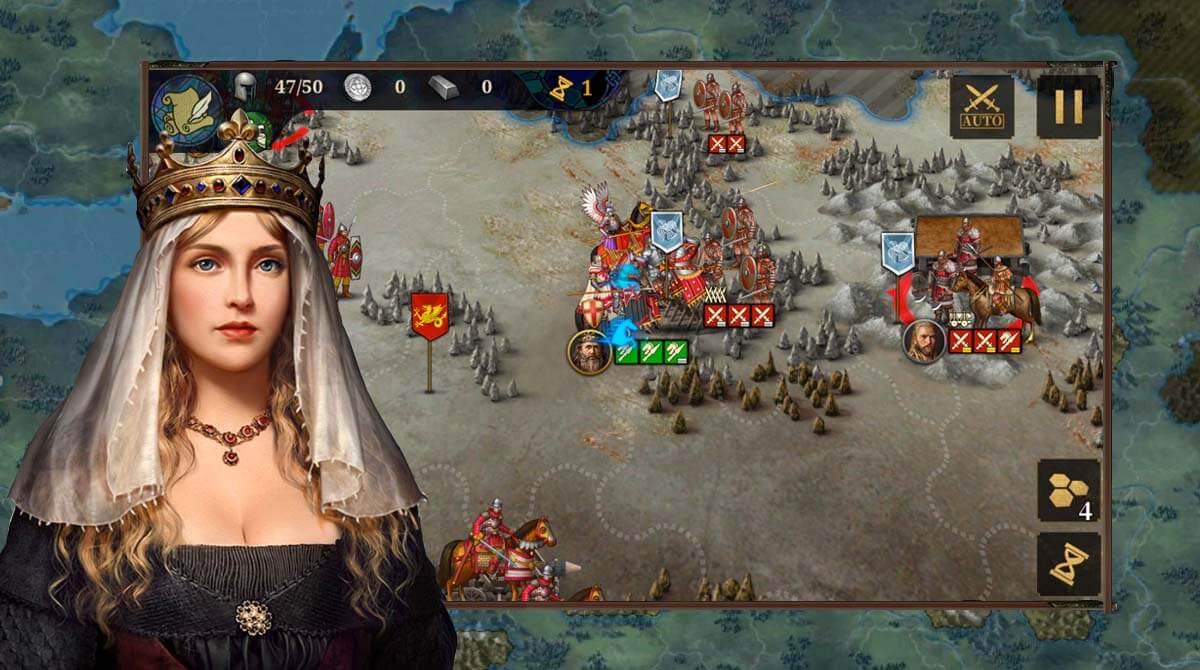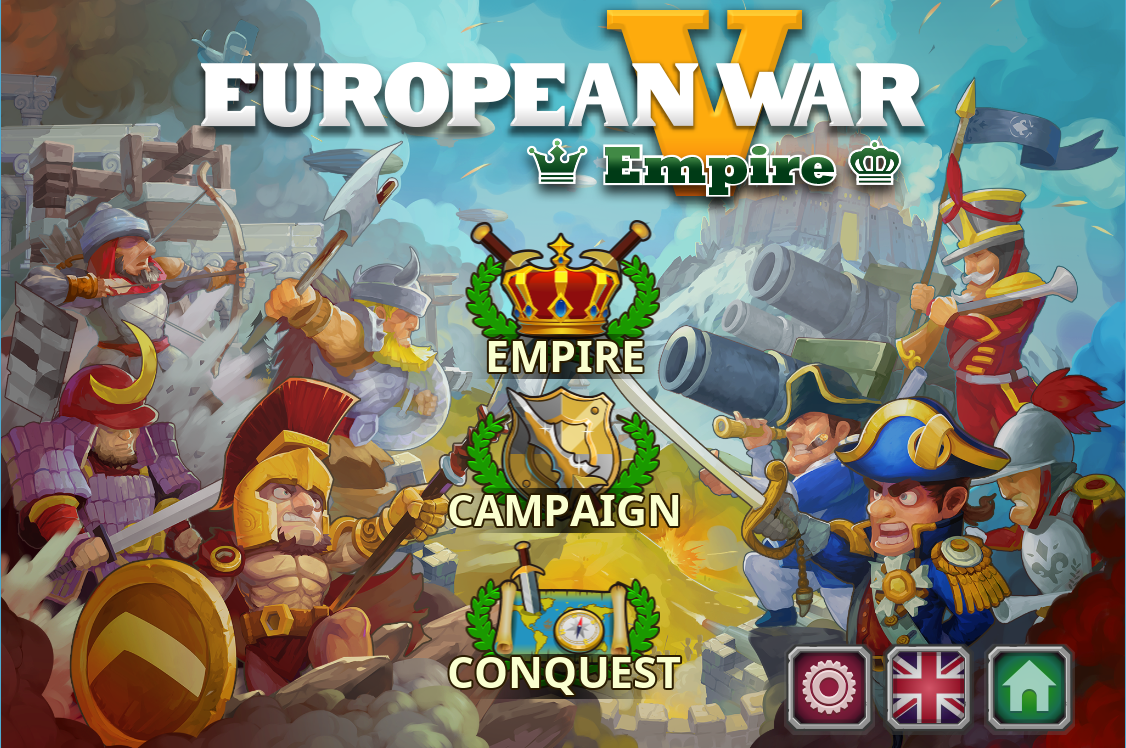
 The expansion of Spanish power in the sixteenth century sowed seeds of crisis by end of century. Yet easy access to income prevented development of industry or commerce, and led to aggrandizement of military rather than commercial class. This money funded constant warfare and also the requisite bureaucracy. Hapsburg Empire in New World was well policed and precious metals flowed. Achievement of his reign rested on twin instruments of army and bureaucracy. Lutheran Reformation in Germany was the first major and enduring challenge. This inheritance was too vast to be governed effectively. Ruling from 1516–1556, he inherited Spain, the Netherlands, Austria, Sardinia, Sicily, the kingdom of Naples, and Franche-Comté, and later elected Holy Roman emperor. Charles was the grandson of Ferdinand and Isabella, the result of dynastic strategizing. The Reign of Charles V: Hapsburg, King of Spain, and Holy Roman Emperor. Bureaucracy and army of early modern states were key roles for lower nobility. Minor aristocrats ( hidalgos) led the forces, created bureaucracy loyal to the king. From 1519, conquistador Hernando Cortés defeated Aztec nation. Their support of Columbus’ voyage paid off in eventual conquest of the Americas. Ferdinand and Isabella embarked on imperialist foreign policy in Europe and Americas. By early sixteenth century, blood purity and orthodoxy were central to new Spanish identity. In 1492, the Spanish state expelled 150,000+ Jews and pushed Muslims out of their last stronghold in Granada. The Spanish Inquisition was established to ferret out heretics and “false” converts. They forged a Spanish identity based on “blood” ancestry as well as religion. Ferdinand and Isabella (1479–1516) put in place a dynastic state/foundation of empire. Ferdinand and Isabella: Unity and Purity of “Blood” and Religion. Monarchs and their states enshrined political power as masculine and familial. Effects of European state building in France, England, Spain, and the Dutch Republic visible by late seventeenth century (though religious and political structures varied). This was done by linking religious and national identities. Royal success also required subordinating religious authorities. Where the monarchs failed (Holy Roman Empire and Italy), no viable states emerged. Where early modern monarchs dominated aristocrats, strong dynastic states emerged. Dutch Republic an exception (elites-army-taxes instead of monarch). Rise of great early modern powers traced to royal military success and treasury. Demise of medieval representative assemblies a dramatic illustration of royal will. Kings drove the development of states and subordinated the aristocracy.
The expansion of Spanish power in the sixteenth century sowed seeds of crisis by end of century. Yet easy access to income prevented development of industry or commerce, and led to aggrandizement of military rather than commercial class. This money funded constant warfare and also the requisite bureaucracy. Hapsburg Empire in New World was well policed and precious metals flowed. Achievement of his reign rested on twin instruments of army and bureaucracy. Lutheran Reformation in Germany was the first major and enduring challenge. This inheritance was too vast to be governed effectively. Ruling from 1516–1556, he inherited Spain, the Netherlands, Austria, Sardinia, Sicily, the kingdom of Naples, and Franche-Comté, and later elected Holy Roman emperor. Charles was the grandson of Ferdinand and Isabella, the result of dynastic strategizing. The Reign of Charles V: Hapsburg, King of Spain, and Holy Roman Emperor. Bureaucracy and army of early modern states were key roles for lower nobility. Minor aristocrats ( hidalgos) led the forces, created bureaucracy loyal to the king. From 1519, conquistador Hernando Cortés defeated Aztec nation. Their support of Columbus’ voyage paid off in eventual conquest of the Americas. Ferdinand and Isabella embarked on imperialist foreign policy in Europe and Americas. By early sixteenth century, blood purity and orthodoxy were central to new Spanish identity. In 1492, the Spanish state expelled 150,000+ Jews and pushed Muslims out of their last stronghold in Granada. The Spanish Inquisition was established to ferret out heretics and “false” converts. They forged a Spanish identity based on “blood” ancestry as well as religion. Ferdinand and Isabella (1479–1516) put in place a dynastic state/foundation of empire. Ferdinand and Isabella: Unity and Purity of “Blood” and Religion. Monarchs and their states enshrined political power as masculine and familial. Effects of European state building in France, England, Spain, and the Dutch Republic visible by late seventeenth century (though religious and political structures varied). This was done by linking religious and national identities. Royal success also required subordinating religious authorities. Where the monarchs failed (Holy Roman Empire and Italy), no viable states emerged. Where early modern monarchs dominated aristocrats, strong dynastic states emerged. Dutch Republic an exception (elites-army-taxes instead of monarch). Rise of great early modern powers traced to royal military success and treasury. Demise of medieval representative assemblies a dramatic illustration of royal will. Kings drove the development of states and subordinated the aristocracy. 
From there, you can load the files directly to your MP3 player. Save the files to "My Music" on your computer. Don't have time to prepare before class? Download the summaries of the chapters onto your MP3 player or iPod to catch up while you're on the go.






 0 kommentar(er)
0 kommentar(er)
